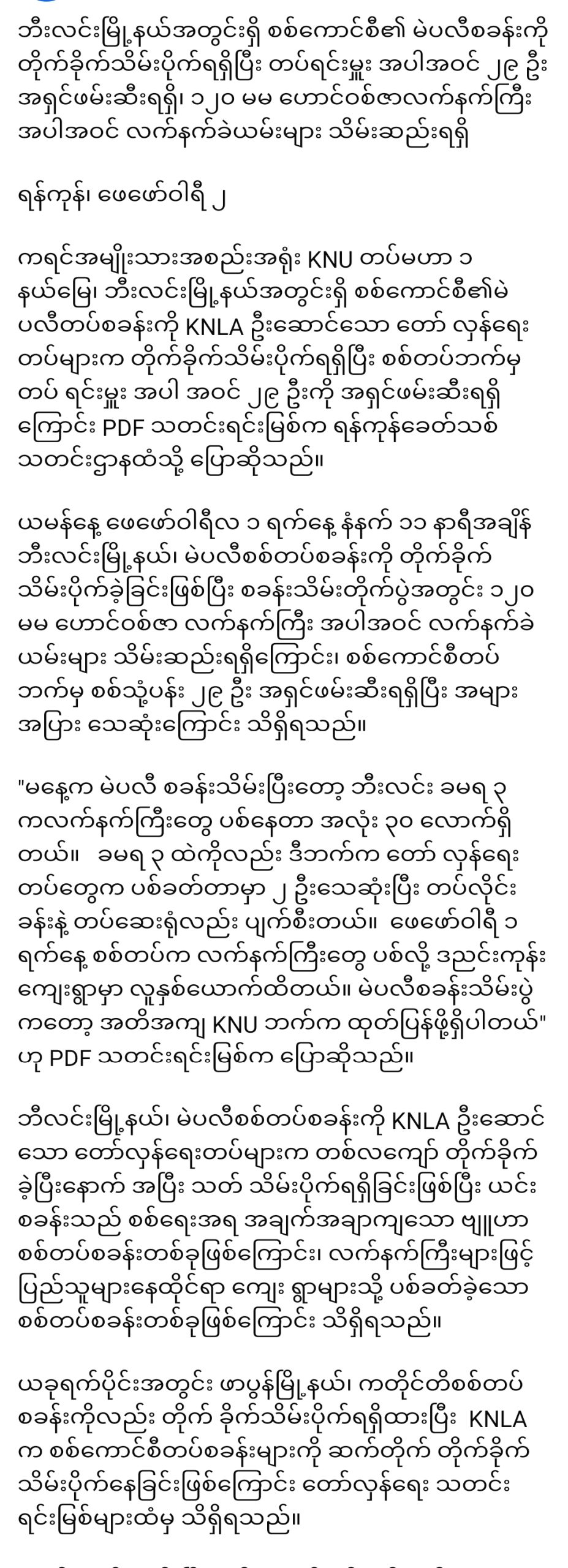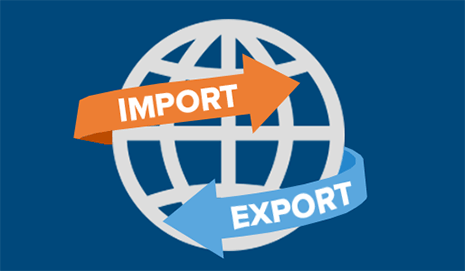
Zimbabwe’s main imported goods
Zimbabwe imports a wide range of goods to support its economy, as local production is often insufficient to meet demand. The country’s main imports can be categorized into several key sectors, including fuel, machinery, vehicles, food, pharmaceuticals, and manufactured goods.
1. Fuel and Energy
One of Zimbabwe’s largest import categories is fuel, particularly petroleum products such as diesel, petrol, and liquefied petroleum gas (LPG). The country relies heavily on imports to meet its energy needs since it lacks sufficient domestic production of crude oil. Zimbabwe sources most of its fuel from neighboring countries, such as South Africa and Mozambique, as well as international suppliers.
2. Machinery and Equipment
Industrial machinery, electrical equipment, and mining machinery are among Zimbabwe’s top imports. These are essential for supporting key industries such as mining, agriculture, and manufacturing. Due to its mineral wealth, Zimbabwe imports specialized mining machinery to extract and process minerals like gold, platinum, and diamonds. Additionally, agricultural equipment, including tractors and irrigation systems, is imported to support the farming sector.
3. Vehicles and Transport Equipment
Zimbabwe imports a significant number of motor vehicles, including cars, buses, and trucks. Many of these vehicles come from countries like Japan, South Africa, and the United Kingdom. The country’s lack of a strong local automotive manufacturing industry makes it highly dependent on imports for transportation. Other transport-related imports include aircraft parts, railway equipment, and motorcycles.
4. Food and Agricultural Products
Although Zimbabwe has a strong agricultural sector, the country still imports various food products, especially cereals like wheat and rice. Other major food imports include cooking oil, dairy products, and processed foods. The reliance on food imports is partly due to challenges in local agricultural production, such as droughts, poor infrastructure, and economic instability.
5. Pharmaceuticals and Medical Equipment
Zimbabwe imports a substantial amount of pharmaceutical products, including medicines, vaccines, and medical supplies. The country’s healthcare sector depends on imported drugs to treat diseases such as malaria, HIV/AIDS, and tuberculosis. Medical equipment like diagnostic tools, surgical instruments, and hospital supplies is also brought in from countries such as India, China, and South Africa.
6. Manufactured Goods and Chemicals
Zimbabwe imports a wide range of manufactured goods, including textiles, plastics, and construction materials. The country also brings in chemical products such as fertilizers, industrial chemicals, and cleaning agents. Many of these imports are necessary to support local businesses, agriculture, and construction projects.
7. Consumer Goods and Electronics
Consumer goods like clothing, footwear, household appliances, and electronic devices are commonly imported. Zimbabweans rely on imports for mobile phones, televisions, refrigerators, and computers, primarily from China and South Africa. The growing demand for technology and digital devices has made electronics a key import category.
Conclusion
Zimbabwe’s economy depends heavily on imported goods, as local industries struggle to meet demand due to economic challenges, power shortages, and limited industrial capacity. The country’s primary imports include fuel, machinery, vehicles, food products, pharmaceuticals, manufactured goods, and electronics. These imports come from key trade partners such as South Africa, China, the United Arab Emirates, India, and Mozambique. Despite efforts to boost local production, Zimbabwe continues to rely on international trade to sustain its economy.





Leave a Reply